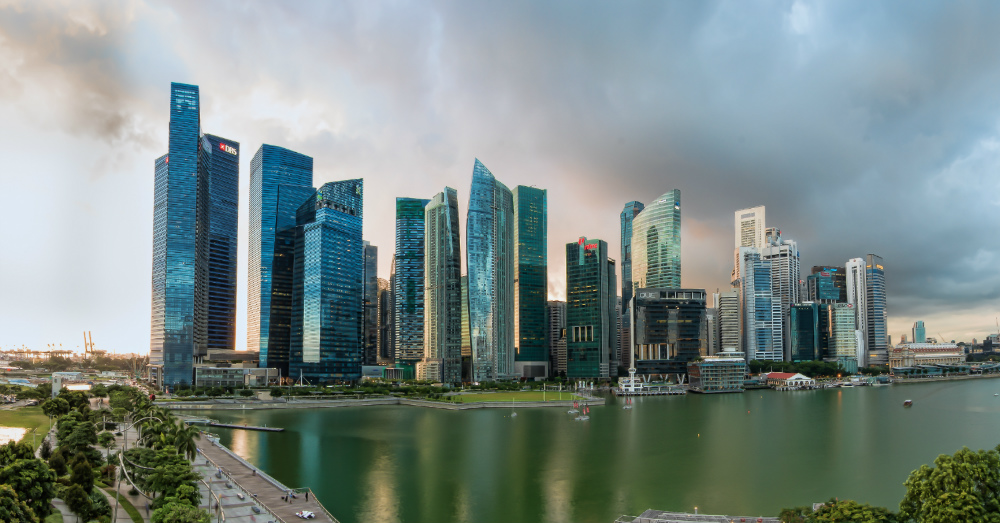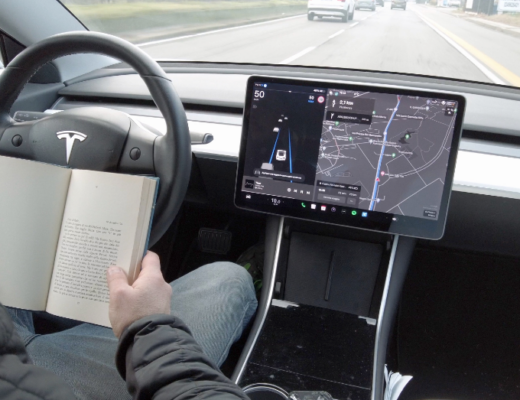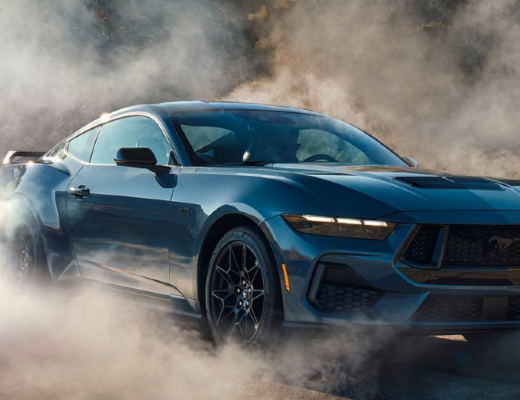A new owner of a new car in Singapore was just hit with a fine of over $10,000 because his new car ranked in the dirtiest category of high-pollution cars in the country. Did this man buy a tractor trailer or a Hummer H1; no, he bought a Tesla Model S.
That’s right; the Land Transport Authority slapped this fine on a new owner of the Model S stating the vehicle consumed 444 watts per kilometer of electric power and using their conversion charts that converts to CO2 emissions that are off the charts. Even if the car actually does consume that amount of electric power, it’s supposed to. This is the car that has the best electric propulsion system in the world and would therefore have the highest CO2 equivalency when a conversion is applied, but should a customer who purchases an EV that is completely EV, meaning absolutely zero emissions, really be fined a high emissions fine?
The government of Singapore uses a Carbon Emissions Based Vehicle Scheme (CEVS) to encourage citizens to look for and purchase vehicles that put out lower pollutants. When a vehicle is cleaner there is a tax rebate offered but when the vehicle is a dirty one that has massive emissions a heavy fine is levied. When the vehicle emits less than 95 grams of CO2 per kilometer there is an eligible tax rebate of nearly $21,680 while one that puts out more than 230 grams of CO2 per kilometer will be fined the same amount as the rebate.
How did the Land Transport Authority come up with the figure they did? That really is a tricky question. The model purchase is the P90D which has a 90 kWh battery which is the largest one Tesla offers. This car has a range of 270 miles on a full charge which equates to 210 watt hours per kilometer and is the official specs that are listed on the Tesla website. The Land Transport Authority is claiming the Model S reached 444 watt hours per kilometer under the United Nations Economic Commission for Europe R1010 testing.
The conversion used is 0.5 g CO2/Wh which means the car in question would have a rating of 222 g/km which places it in the list that would actually rate a surcharge for it being a cleaner vehicle, so why the fine against the customer from Tesla?
If you’re confused, the purpose of the conversion testing is to apply a fair rating for the electrically powered vehicles because they do consume energy and during the electricity generating process there is an emission of CO2 put into the environment.
Thankfully the customer of the Tesla Model S did not stay quiet and reached out to Elon Musk who happened to have recently hosted the Prime Minister of Singapore. It seems he may be able to get this situation taken care of; somewhere along the lines the math is off and needs to be corrected. Other electric vehicles that have entered Singapore have all been the recipients of rebates and not fines.
Will Singapore be the first country to penalize a Tesla vehicle for poor emissions? This all seems ludicrous and should easily and quickly be resolved, but the idea that the Tesla Model S in any form would be fined for emissions is laughable at the very least. Stop shaking your head, this actually happened.
This post may contain affiliate links. Meaning a commission is given should you decide to make a purchase through these links, at no cost to you. All products shown are researched and tested to give an accurate review for you.




